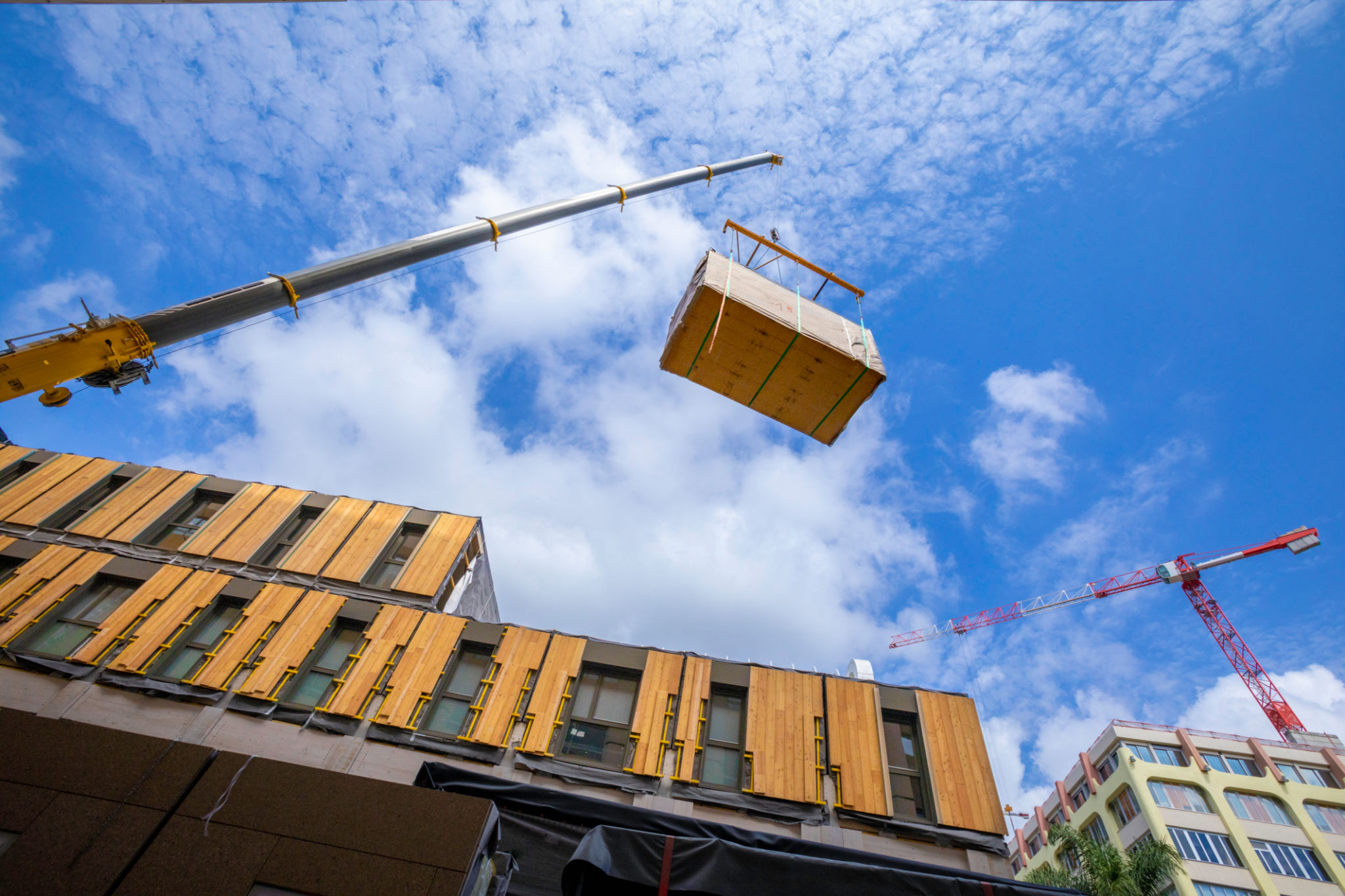Expert Insights: The Future of Sustainable Design
Understanding Sustainable Design
As global awareness of environmental issues continues to grow, the field of sustainable design is rapidly evolving. This innovative approach to design aims to reduce negative impacts on the environment through thoughtful resource use and waste reduction. Sustainable design is not just a trend but a necessity for the future of our planet.
The core principle of sustainable design is to create products, buildings, and systems that are environmentally friendly and resource-efficient throughout their life cycle. This includes everything from choosing eco-friendly materials to designing for long-term use and considering end-of-life disassembly or recycling.

Trends Shaping the Future
Several trends are shaping the future of sustainable design. One major trend is the integration of technology to enhance sustainability. Smart systems that optimize energy use, such as automated lighting and climate control, are becoming common in new constructions. These technologies not only reduce energy consumption but also improve the overall efficiency of buildings.
Another trend is the rise of circular economy principles in design. This approach emphasizes designing products with reuse and recycling in mind, reducing waste and minimizing the need for new resources. Companies are increasingly adopting circular models to create closed-loop systems that benefit both the environment and their bottom line.

The Role of Innovation
Innovation plays a crucial role in advancing sustainable design. From developing new materials to pioneering construction methods, innovative solutions are essential to overcoming current challenges. For example, bioplastics and other biodegradable materials are increasingly being used as alternatives to traditional plastics.
Moreover, modular construction techniques are gaining popularity for their efficiency and sustainability. These methods involve prefabricating building sections off-site, which reduces construction waste and allows for easier assembly and disassembly, facilitating future changes or relocations.

The Impact of Policy and Education
Government policies and educational initiatives also significantly influence the future of sustainable design. Regulations that mandate sustainable practices encourage industries to adopt greener methods, driving innovation and widespread change. Additionally, educational programs that focus on sustainability are equipping the next generation of designers with the skills needed to create eco-friendly solutions.
These educational efforts extend beyond traditional schooling, with many organizations offering workshops and certifications in sustainable design practices. This broader access to knowledge helps foster a more comprehensive understanding of sustainability across various fields.
Community Involvement and Collaboration
Community involvement is another critical element in advancing sustainable design. Collaborative efforts between designers, consumers, and local governments can lead to innovative solutions that address specific regional needs. Community-driven projects often result in more effective and culturally relevant designs.
Furthermore, platforms that facilitate collaboration between different stakeholders in the design process are crucial for sharing knowledge and best practices. By working together, communities can create impactful solutions that promote sustainability at a local level.

The Path Forward
The future of sustainable design is promising, with numerous opportunities for growth and development. As awareness increases and technology advances, sustainable practices will continue to evolve, offering innovative solutions for environmental challenges.
By embracing new technologies, fostering innovation, and encouraging collaboration across sectors, the field of sustainable design will not only contribute to a healthier planet but also enhance quality of life for individuals and communities worldwide. The transition to sustainable design is essential for creating a resilient future that benefits both people and the environment.
